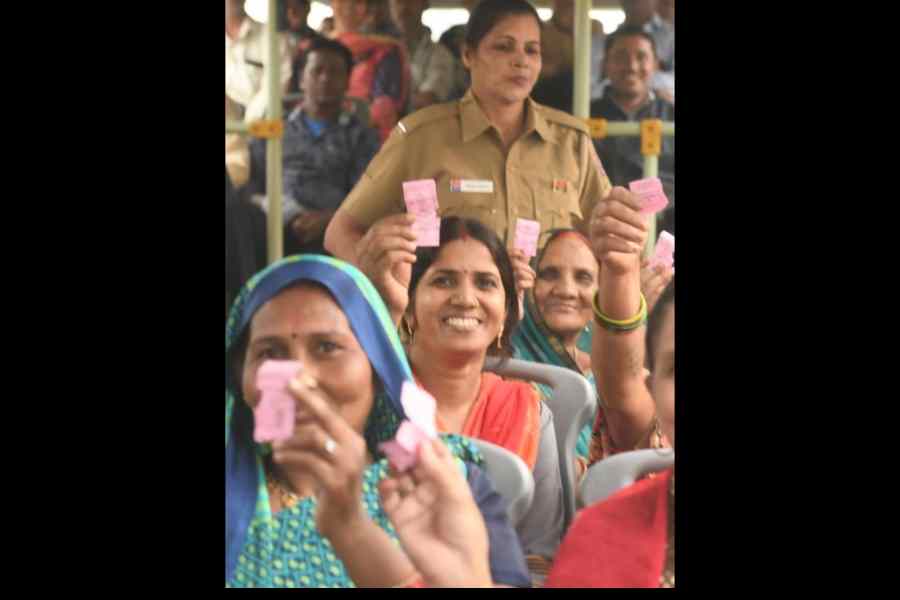What do we see when we encounter shared autos buzzing on the outskirts of the cities? Or factory buses leaving the premises in the evening? Or tempo-trucks ferrying between towns bearing baskets of vegetables? Or buses and trains with concessional fares during festivals and pilgrimages? We see countless labouring women; low-fare transportation accessed by women who step out to work, run errands, pick up their children from school, or just travel.
Roughly five years back, this writer had interviewed families in a resettlement colony in Sunkadakatte, Bengaluru. Two large neighbourhoods had been moved from the central parts of the city towards its periphery on account of the Metro rail construction. The resettlement package involved the provision of pukka houses to the residents. Long after their move to the resettlement colony, several women continued to face intense dislocation for the displacement had led to loss of livelihood for them. Living near the central Majestic bus stand, some of them had been working as cleaning staff in hospitals and departmental stores while many women worked as domestic help in households. But after moving to the resettlement colony, approximately nine kilometres away from their previous places of work, the women lost out on employment because they could not afford the bus fare. What would have happened to the capacity and the earning potential of these women if free transportation was available for them?
The scheme of free travel for women in select public buses has been working in Delhi, Punjab, Tamil Nadu, Kerala, Karnataka and Telangana. Even as the proverbial dust around freeloading and burdening the taxpayers settles, it is good to turn to the data provided by state road transportation bodies. Telangana, the most recent state to implement the scheme of free travel for women, reported that in the first four months since the scheme was rolled out, women utilised free travel worth Rs 1,177 crore. In Karnataka, where the scheme has been in operation for a year, the total traffic revenue from June 2023 to May 2024 was Rs 4,809 crore. Given that women’s labour force participation is adversely affected by numerous structural factors, access to free/affordable transportation can be a useful corrective.
The enthusiastic reception of the scheme by women tells us a simple truth: they are happy with it. This will hopefully lead to an increase in the number of buses as well as an increase in the shuttle services by private companies. Distance and cost of transportation often govern women’s decisions in their everyday lives — where to go for higher education, whether or not to take up a job or enrol in an evening course and so on.
Once the economic stressors on mobility lighten up, different possibilities can emerge. Families of seasonal/circuitous migrant workers can afford to meet; students living in social welfare hostels can visit their homes more often; women can take their produce out of the restrictive boundaries of their own district. a greater number of women in buses, parks, cinema halls, tea shops would also lead to more women in these and other spaces.
Finally, an inclusive transportation can bring joy in travel that transcends work and familial responsibilities. Travel has often opened up a sense of adventure, fulfilment and learning for those who can afford to do so. But travel need not be limited for a select few. For the beauty of the long-winding road is for everybody to savour.
Shivali Tukdeo teaches at Indira Mahindra School of Education, Mahindra University, Hyderabad










